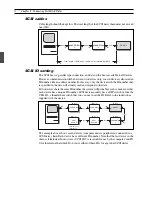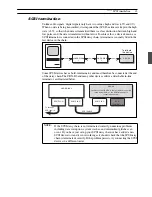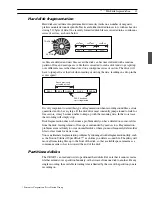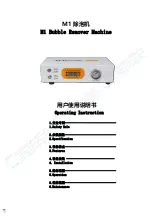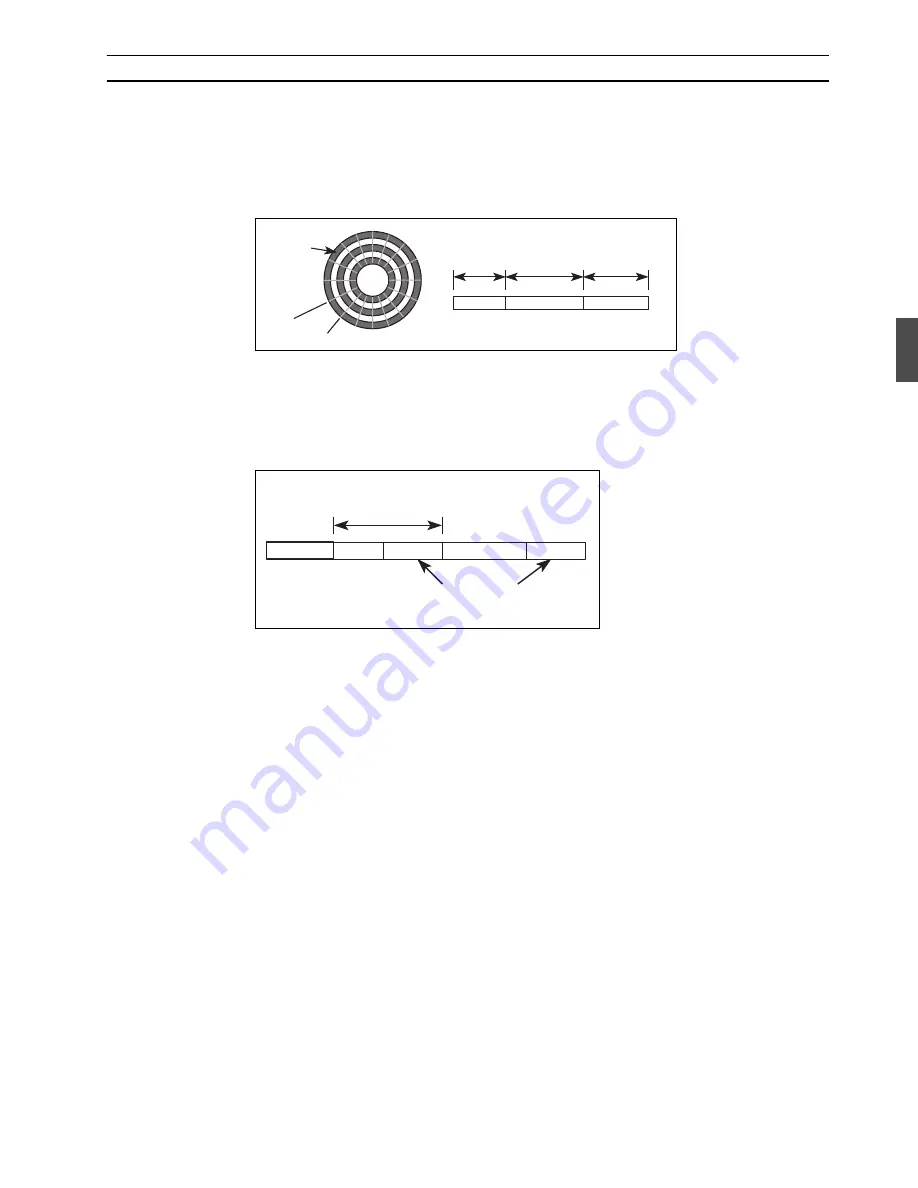
Hard disk fragmentation15
Hard disk fragmentation15
Hard disk fragmentation
15
Hard disk fragmentation
Hard disks record data into preformatted concentric tracks on a number of magnetic
platters mounted around a spindle. Tracks are further divided into sectors, with each sector
storing 512 bytes of data. On a recently formatted disk, files are recorded into a continuous
series of sectors, as shown below.
As files are deleted and new files saved, the disk can become cluttered with a random
pattern of free and used spaces. A file that is recorded to such a disk tends to get split up
over different areas, rather than stored on a contiguous series of sectors. The drive will
have to jump all over the disk when reading or writing the data, resulting in a drop in the
access speed.
It is very important to avoid this type of fragmentation when recording sound files, as data
quantities tend to be very large. If the disk drive must constantly jump around to look for
free sectors, it may become unable to keep up with the incoming data. In the worst case,
the recording will simply stop.
Disk fragmentation does not become a problem until you have deleted one or more files
from the disk, leaving islands of free space surrounded by used sectors. Fragmentation
problems are most likely to occur on smaller disks, where you must frequently delete older
files to clear room for newer ones.
You can eliminate fragmentation problems by running a disk defragmentation utility, such
as the Norton Utilities
Speed Disk
*
, each time you delete a sound file. The utility will
move all remaining files up to the front of the disk, so that available space remains as a
continuous series of sectors toward the end of the disk.
Partitioned disks
The CBX-D3 can read and write to partitioned hard disks. But note that it cannot create a
file that extends over a partition boundary, or that crosses from one disk to another. For any
single recording, the available recording time is limited by the size of the partition you are
recording on.
* Symantec Corporation, Peter Norton Group
SECTOR
TRACK
FILE 1
FILE 2
FILE 3
6
SECTORS
10
SECTORS
8
SECTORS
FILE 1
FILE 4
FILE 3
FILE 5a
FILE 5b
Space previously
occupied by file 2
FILE 5 has been
split
±
fragmented.












